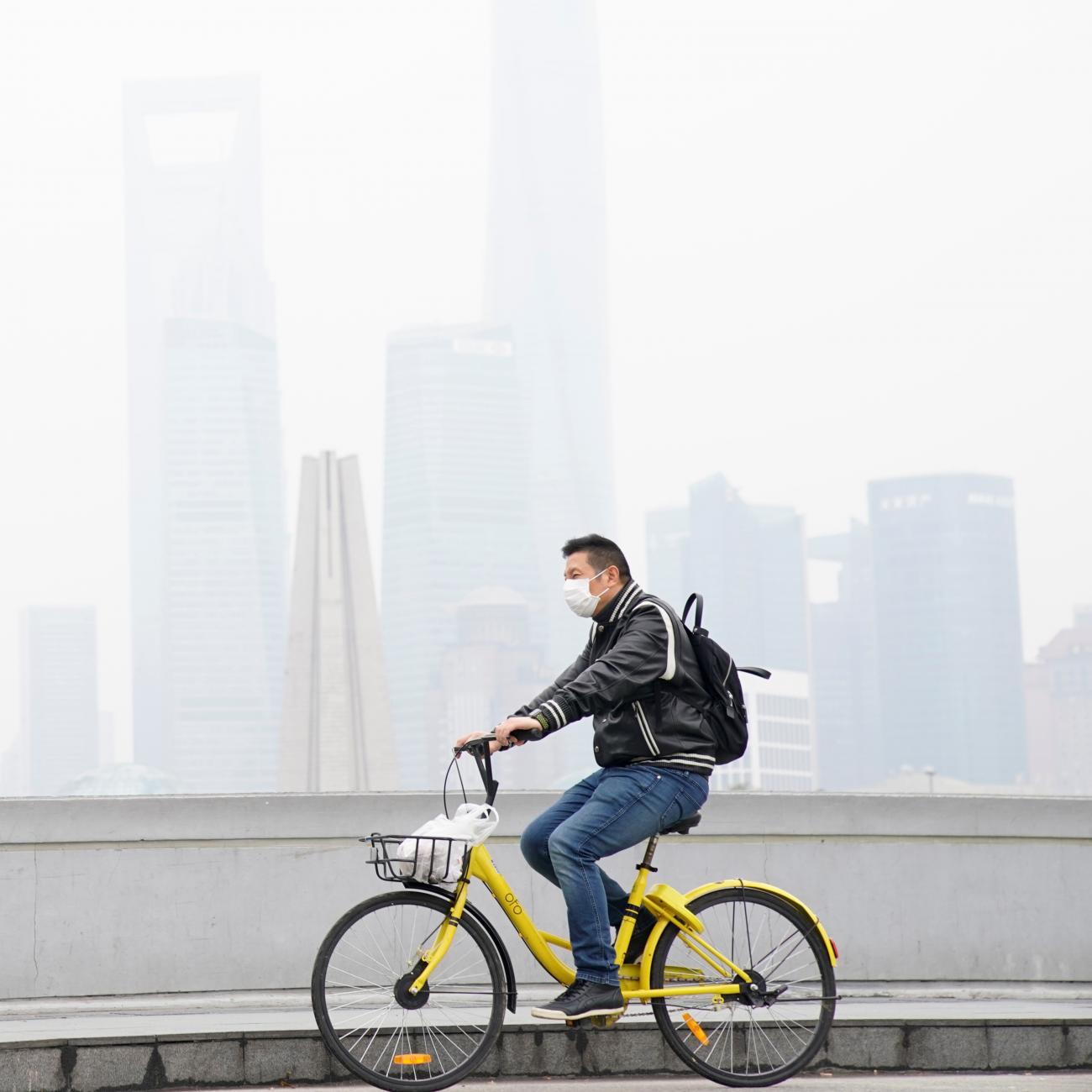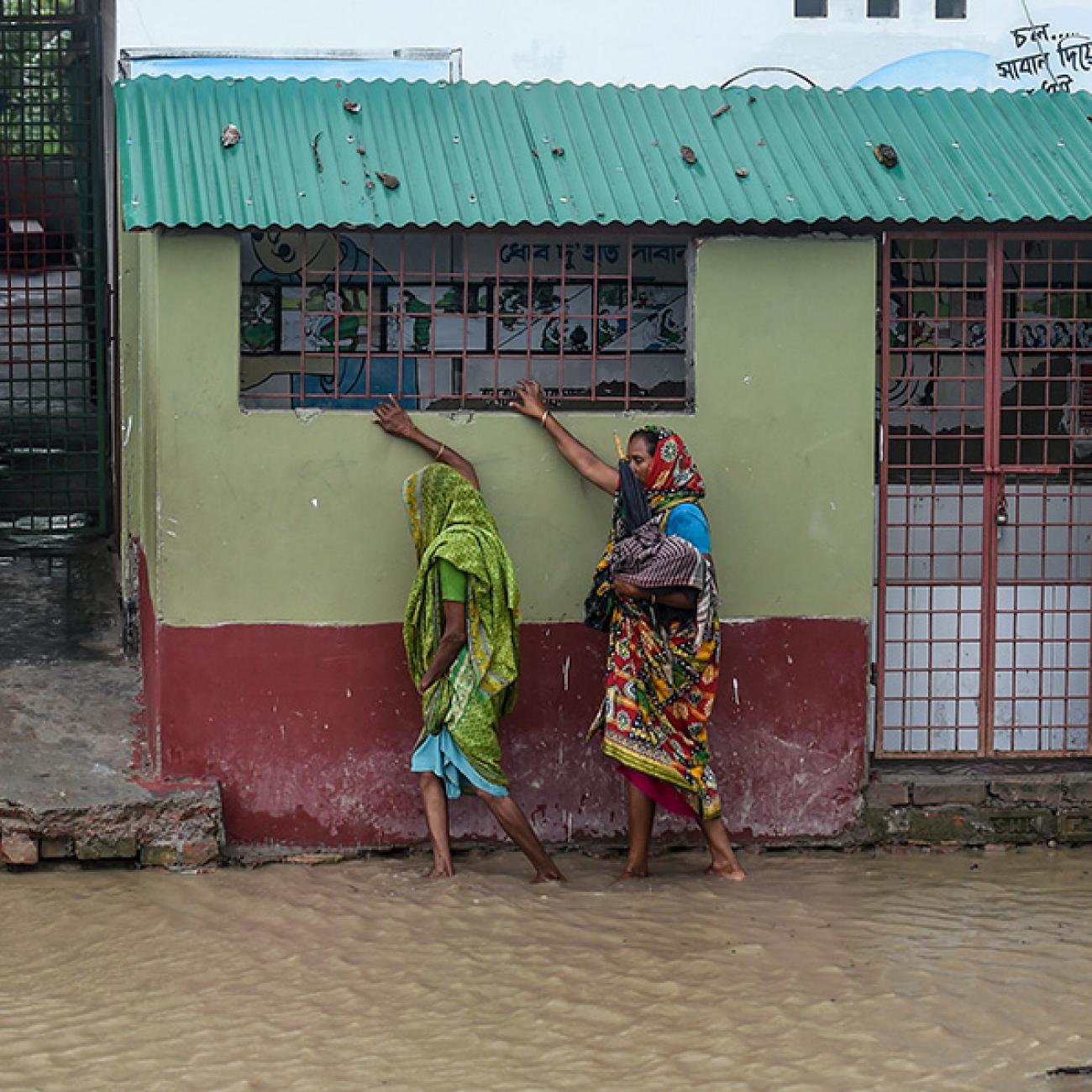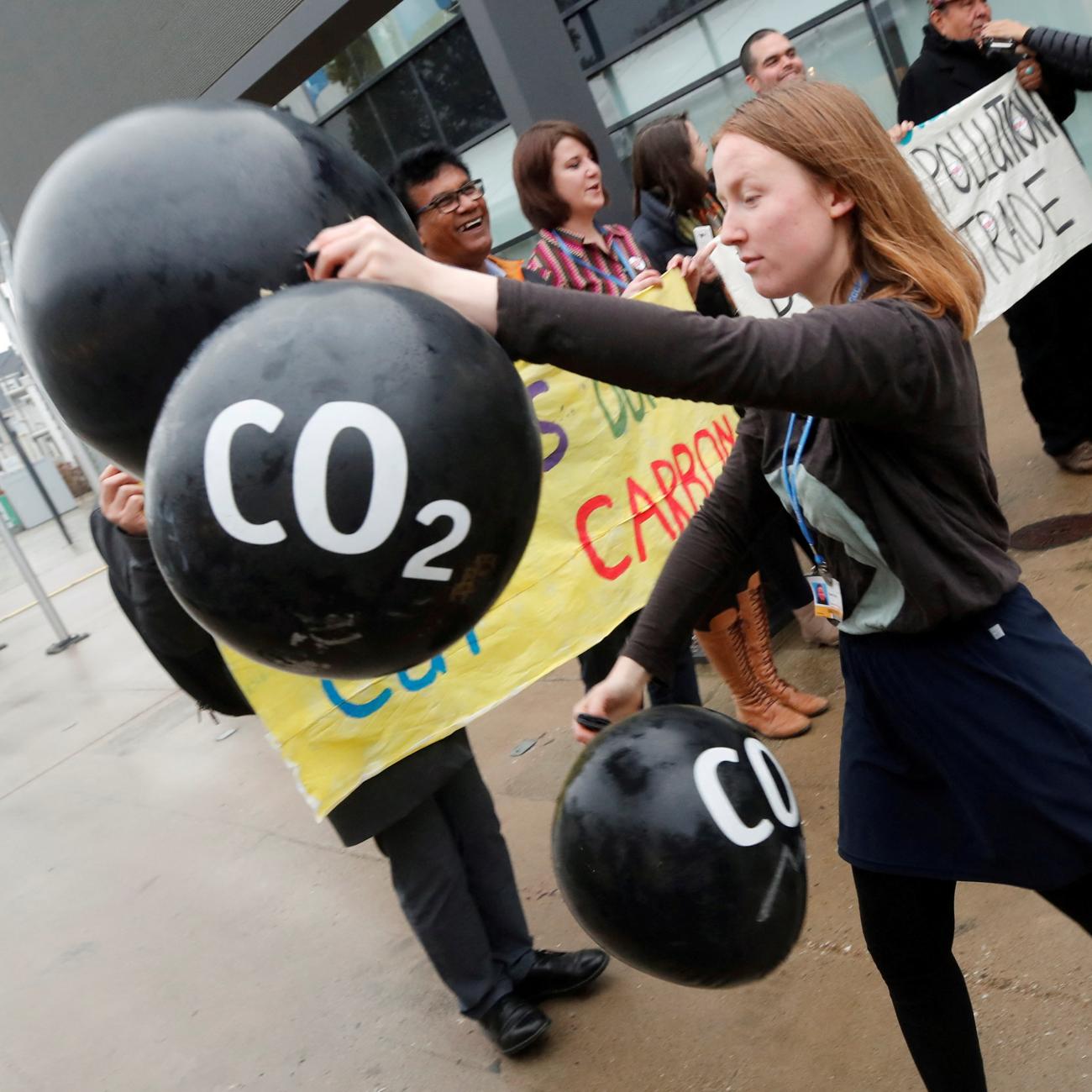A nice fire in a wood stove provides a homey ambiance that generations of people around the world have enjoyed. However, household air pollution from cooking and heating remains the oldest environmental risk factor and is a major contributor to air pollution-related death and disease.
Although wealthy households in every country use clean energy for cooking and heating at home, most people in lower-income countries face constant, high levels of exposure to household air pollution—specifically, solid fuels such as wood, dung, agricultural waste, and charcoal. Increasing the use of cleaner fuels can be a quadruple win: better for household health, increased energy efficiency, safer gathering and use of fuel, and reduced amounts of the soot that pollutes outdoor air and emissions that accelerate global warming.
With over two billion people worldwide using these harmful energy sources, this has impacts far beyond a single household or even a single country—creating regional pollution that is even visible from satellites in outer space. For example, in the world's most heavily polluted regions of South, East and Southeast Asia, residential biofuel combustion—such as burning solid fuels such as wood and coal at home—is estimated to be responsible for more than a quarter of population exposure to polluted outdoor air. On the other hand, in much of Africa, although cooking with solid fuels doesn't substantially increase overall outdoor air pollution, hundreds of thousands of people die each year from high exposure to household air pollution.
Industrial emissions, motor vehicles, energy, agricultural burning and wildfires are widely understood to be important contributors to outdoor air pollution. However, use of solid fuels for cooking and heating at home is the leading driver of the heavier burden of pollution on the poor. Low-quality fuels and stoves are still used for cooking, heating, and lighting by poor households in low- and middle-income countries—unnecessarily exposing vulnerable communities to harmful smoke while also contributing to climate change. The public health challenge is to accelerate the transition to clean household energy among communities most at risk.
Addressing Inequities
Most media attention on air pollution in rapidly developing countries focuses on modern sources of pollution affecting the quality of life in urban areas, such as traffic and construction. This has ignored household air pollution under the false assumption that this source will disappear on its own with economic development. These chronic exposures are estimated to be responsible for 2.3 million deaths each year—nearly all of which occur in South Asia, Africa, Southeast Asia, and East Asia.
This environmental pollution impacts health across the life course, ranging from heightened rates of preterm births to increased severity of respiratory infections in children to increased heart attacks and strokes in people in their 30s, 40s, and older. And as global populations are aging, there is an increasing pool of people with chronic diseases—people whose life expectancies are further shortened by the impact of air pollution on diabetes, chronic lung disease, lung cancer, strokes, heart attacks, and dementia.
In many developing countries, the low-income urban communities bear a double burden from exposure to modern sources of air pollution such as car emissions as well as from traditional sources of air pollution such as heating through solid fuels, burning waste, and small-scale industries including brick kilns.
Today, household air pollution remains one of the leading risk factors for noncommunicable disease in rapidly developing countries. Every day, mothers preparing meals to nourish their families are putting themselves and their families at increased risk. They have little means to limit their exposure to air pollution and limited resources for timely treatment of air pollution-related illness. Any health issue for them or their family members means not only increased expenditure but also a loss of wages if they cannot work on those days.
In areas where deforestation is increasing, women may face risk of attack while traveling farther and farther from their homes to gather firewood. Transitioning to clean fuels protects both health and safety.
Recent controversy about the health impacts of emissions from gas stoves in the United States demonstrates that gas heating and cooking is not as friendly to health and the environment as renewable energy sources. However, compared to biofuels such as wood, dung, and charcoal, using propane and butane for home heating and cooking is an important transitional step that should not be denied to lower-income countries. It's also important to put household use of gas energy into perspective. Even if all households switched to liquefied petroleum gas this would only lead to a small increase in overall gas consumption and the resulting CO2 emissions would be minor compared to those of passenger vehicles.
Progress Made
Residential combustion of low-quality fuels is relatively inefficient and contributes to climate change because it has higher emissions intensity than cleaner fuels, even compared to fossil fuels such as natural or liquified petroleum gas. Addressing this problem benefits climate goals for both urban and rural populations in entire regions—especially those who must use these dirty fuels in their own homes due to poverty and inadequate access to clean fuels.
There are clear and demonstrated solutions to polluted air – in fact, these approaches have already been widely adopted in most high-income countries. Some developing nations, particularly India and China, have made strides toward accelerating the transition to clean fuels for household energy.
Under the prime minister's flagship Pradhan Mantri Ujjwala Yojana program, India gave access to clean household energy to more than 80 million homes in four years. Although more work is needed in India to ensure increased and sustained use of clean household energy, the accelerated transition is unprecedented. Through initiatives like the China National Improved Stove Program, over a hundred million new stoves were installed in rural homes to replace coal stoves with cleaner devices.
Next Steps
Both examples emphasize that progress cannot be possible at scale without high-level leadership from governments, which have an important role to play in ensuring regulations are in place while also enabling an ecosystem to scale up solutions to mitigate air pollution in homes. In addition, the private sector needs to mobilize to increase uptake and use of clean household energy.
There are multiple pilots underway in different countries to make clean fuel more affordable and accessible, with innovative financing models to reduce barriers to the transition. The double standard of using nonrenewables to fuel high-income economies while limiting access to even transitional fuels such as liquefied petroleum gas in low-income countries must end.
Replacing polluting fuels with clean alternatives—even if gas for cooking and heating for now—is a win-win for health, leading to cleaner household and outdoor air and reduced climate-forcing emissions. By accelerating action to minimize climate impacts by eliminating dirty household fuels, we get immediate health benefits through cleaner air and long-term benefits through a less polluted environment.






